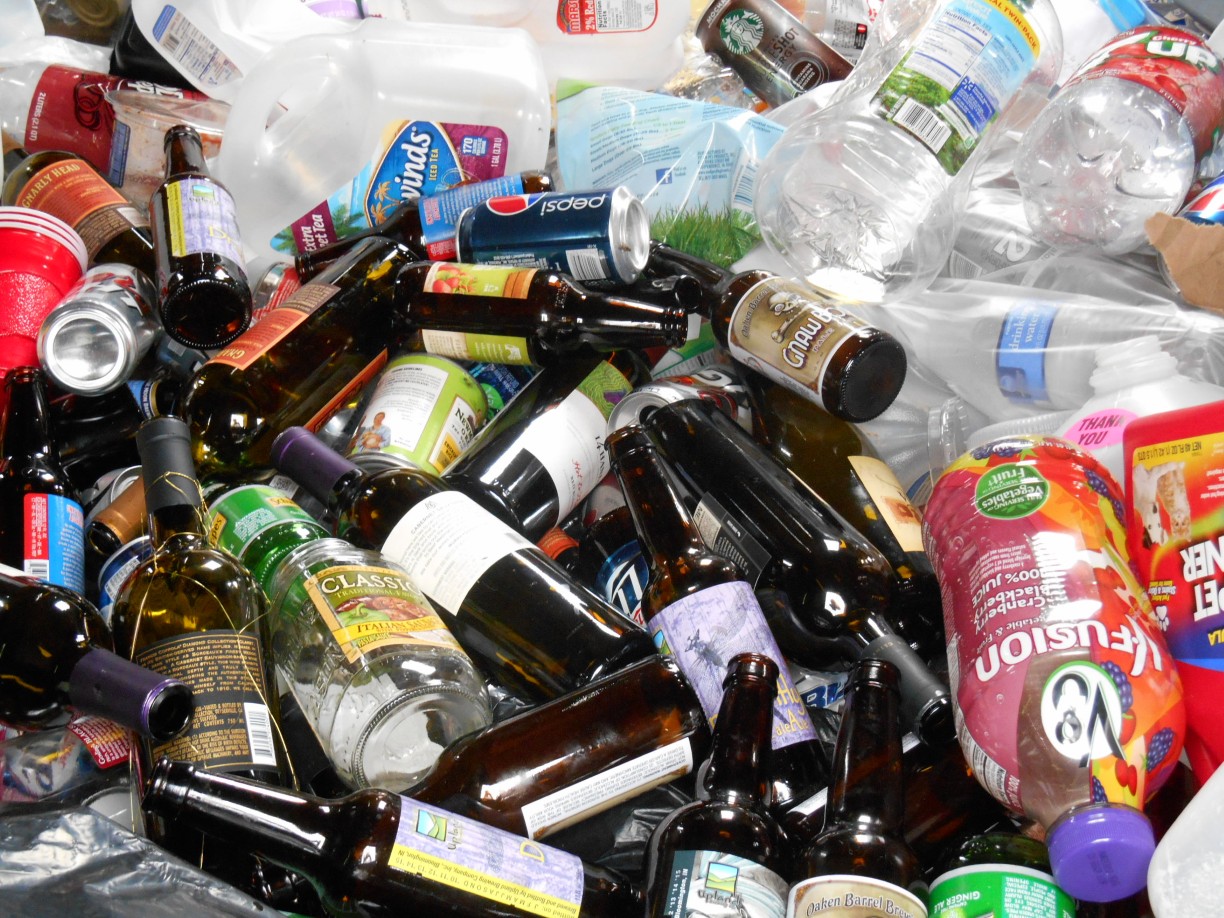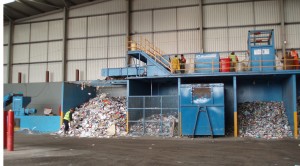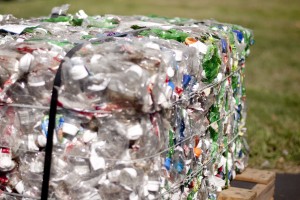
There’s a sprawling complex out the old Johnny Morris Road, in east Austin, Texas. From the road a low, modern-looking office building, replete with patio and shade trees, partially blocks the view of a multi-story warehouse set back off the highway. It looks like any heavy commercial enterprise situated on the outskirts of the fast-growing Texas hub of Austin, a modern day boom town. With each passing day, the city welcomes 158 new residents. These residents bring with them nearly as many cars, a hunger for good jobs, and an appetite that stimulates the economy, while churning out loads and loads of solid waste. One day back in late May, I was among that day’s 158. I came to Austin through a fellowship with the Alcoa Foundation. I have been placed with the Austin Department of Resource Recovery, to devise strategies for waste management, in pursuit of zero waste. And this sprawling facility that I stand before now is one of two Material Recovery Facilities, which take in commingled recyclables, and push out marketable materials ready for reprocessing. Among the initiated, they are affectionately known as MRFs.
A group of coworkers and I are welcomed into the facility; the smiling day manager hands us hard hats and safety glasses. It is barely 10 am, and already it’s broiling hot as we stride across the parking lot towards the now-looming MRF. The concept of residential recycling has not been long on this earth. Curbside pickup has yet to be expanded across the nation, and single-stream recycling, which graces the streets of Austin, is even more rare and luxurious. Each of these developments makes recycling easier, encouraging participation while simultaneously increasing contaminants in the recycling stream. This is the price the system pays for ease. The MRF and its increasingly complex mechanical systems are the response to the challenge of contamination.

We enter the tipping floor, where collection trucks come to dump their load after rolling slowly across massive scales. Here, material is stacked stories high in twin concrete bunkers. A vast scaffolding of machinery extends down the length of the building, standing some 80 yards long and 15 high; it’s a whirl of motors, conveyors, and advanced monitoring equipment. A front-end loader hustles back and forth, in an effort to keep work moving; you have to feed the machine. The separation begins with a primitive rotating barrel, wherein spikes break open any stray bags, loosen compacted materials, and generally separate one material from another. A wide conveyor belt then lifts the recyclables to the top deck, where a line of people wait at the ready for a first decontamination sort. While the technology in MRFs has advanced rapidly in recent years, the diversity of waste ensures that people, albeit fewer of them, still have a role to play. Masks and long gloves protect them as they pull out garden hoses, plastic film, electronics, and other materials that the whirling disks, magnets, and screens that follow find difficult to handle. It is a dirty, noisy, smelly, dangerous, and essential job.
It hits you immediately, the stifling heat, the smell of refuse and hot machine grease. The noise too is incredible, standing somewhere between heavy metal and a Boeing airbus on the decibel scale. The heat and noise reach a crescendo on the upper deck where the employees do their work. The day manager yells to be heard, answering questions for those within earshot. But the heat and noise serve to isolate you in your own mind. Looking out, you see quick darting hands and movement all around. At each stage of the process, some material is pulled off, while the rest moves on for further cleaning. Disk screens walk cardboard and other paper products up a slight incline, while other materials fall through. The glass smashes on its way down. Magnets pull out tin products, which fall neatly into their own bin. Another line of workers pluck out the most valuable plastic products, HDPE and rigid plastic, in what is called a positive sort. High-grade office paper is whisked up a suction duct with the help of a worker’s hand. The whole scene is very Willy Wonka. A magnetic field literally ejects aluminum cans from the material stream, while everything else avoids the force field. There is even a machine the senses bottles by their x-ray transmittance, separating them out with micro-jets of compressed air.

At the end of the line, some garbage is left over: the residuals. The recyclables are baled up and sent off by truck or by train to some other non-descript facility, where what was once garbage will feed another round of supply-and-demand. It is strange to think that material from each and every home in north Austin makes its way to this one address, just across the way from an old landfill, before heading out once more to the wider markets of Asia, Mexico and the Pacific North West. This narrative is always present and whirring in the background, hidden from our view. Yet we do engage it, each each and every day, one can or bottle at a time.
Edited by Amy Weinfurter.